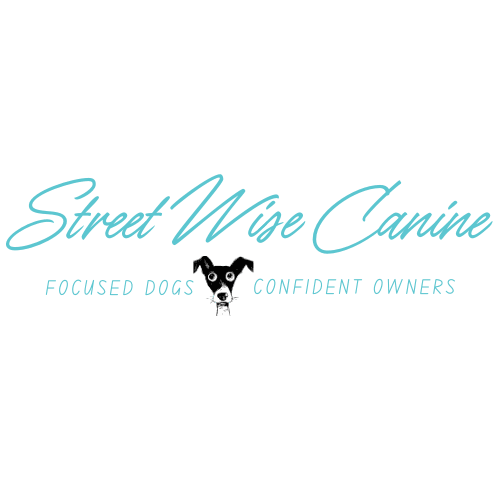What Your Dog’s Sniffing Style Says About Their Needs
Ever watch your dog sniff something and wonder, “I wonder what they're smelling?” They stop. They circle back. They pause, tail twitching. Sometimes they act like full-blown detectives, and sometimes they seem to sniff just to pass the time.
Here’s the thing:
Your dog’s sniffing style says a lot about how they see the world. And if you learn to read it? You’ll understand exactly what kind of enrichment will help them thrive.
Let’s break down what sniffing is really telling you—and how to use it to your dog’s advantage.
1. The Steady Sniffer: Calm, focused, slow
This dog is deliberate. They’re not rushing. They’re gathering information one scent at a time, and it shows.
What they need:
Sensory or environmental enrichment — calm walks with time to explore, scent walls, quiet wooded trails, or a “sniff stop” in the yard.
Why it helps:
These dogs are telling you they enjoy the process. Slowing things down gives them space to decompress, especially after stimulation.

2. The Tracker: Nose down, tail up, totally locked in
This is the dog who gets a whiff and goes full Sherlock Holmes. They’re working a trail and they don’t want to be interrupted.
What they need:
Instinctual enrichment — scatter feeding, scent games, tracking lines, or DIY “find it” trails. Let their nose lead.
Why it helps:
You’re tapping into what their body wants to do. This is fulfillment, not just fun.
3. The Check-In Sniffer: Curious, but socially tuned in
This dog sniffs a bit, then looks back at you. Like they’re saying, “Hey, did you see this?”
What they need:
Shared exploration — co-sniffing games, letting them lead you to things, or “what did you find?” moments where you join in.
Why it helps:
These dogs crave connection. Enrichment that includes you feeds their social and emotional needs.
4. The Bounce-and-Sniff: Tail-wagging, zoomie-prone, a little wild
They get excited by scent. Sometimes they bark. Sometimes they run in circles. It’s joyful chaos.
What they need:
Play-based enrichment — hide and seek, flirt poles with scent toys, moving scent trails. Let them get silly.
Why it helps:
These dogs use sniffing as a trigger for movement. Meet them there and watch their joy multiply.

5. The Problem Solver: Sniff, leave, return, repeat
This dog doesn’t just sniff—they investigate. They’re clearly thinking it through.
What they need:
Mental enrichment — puzzle feeders with scent, beginner nosework games, or structured scent training.
Why it helps:
They don’t just want stimulation. They want a challenge. Give them one that suits their brain.
6. The Hesitant Sniffer: Sniffs… then backs away
This dog might avoid areas that smell strong or seem unsure about engaging at all.
What they need:
Confidence-building enrichment — soft scent introductions, familiar areas, low-pressure sniffing time. Let them go at their own pace.
Why it helps:
Some dogs need to feel safe before they can feel curious. That’s okay. Confidence starts with comfort.
Here’s the Big Idea:
We often think of enrichment as a checklist: Puzzle? Check. Walk? Check. Frozen Kong? Double check.
But when enrichment is based on how your dog actually experiences the world—like their sniffing style—it becomes something deeper:
- It regulates them
- It connects you
- It helps them feel confident, capable, and calm
And guess what? That doesn’t just happen by tossing treats in a snuffle mat.

That’s exactly what we dive into in my new program: Beyond Busy: Dog Enrichment That Matters
Because enrichment isn’t about keeping your dog occupied. It’s about helping them feel seen, supported, and fulfilled.
This program will show you how to observe your dog in a whole new way—and create enrichment that meets theirunique needs, not just what’s trending on Instagram.
*Coming soon. Simple tools. Real insight. The kind of dog-owner connection you can’t fake.
In the meantime…
Try watching your dog’s sniffing style this week.
Noticing is the first step. Adjusting comes next. And you might be surprised how much better things feel—for both of you.

